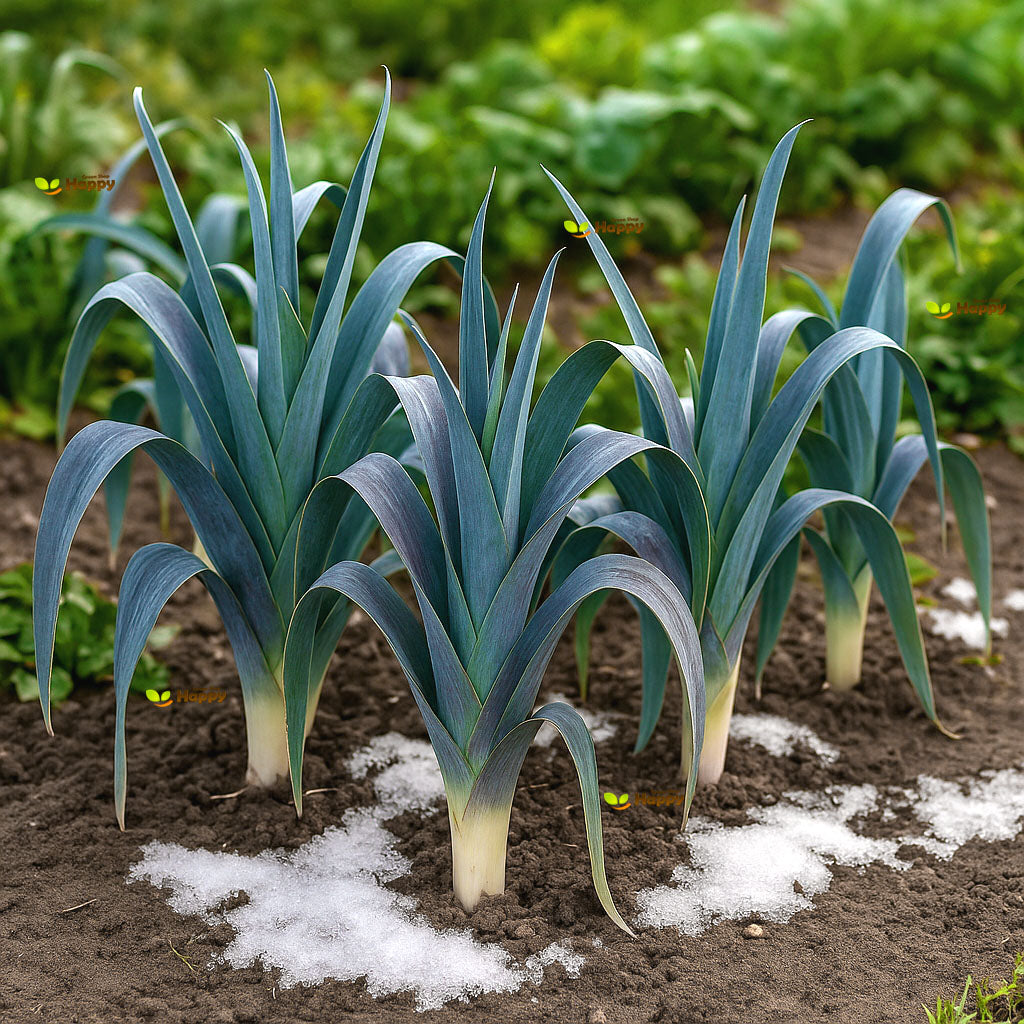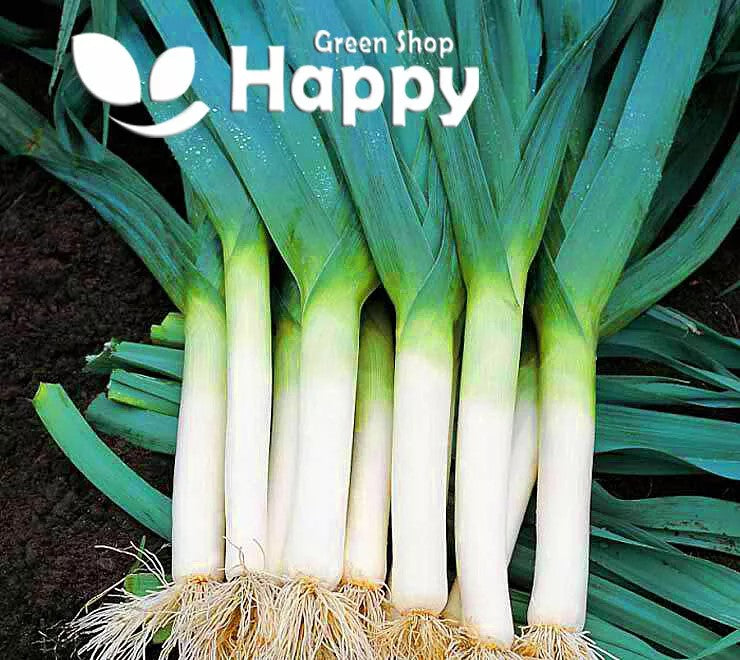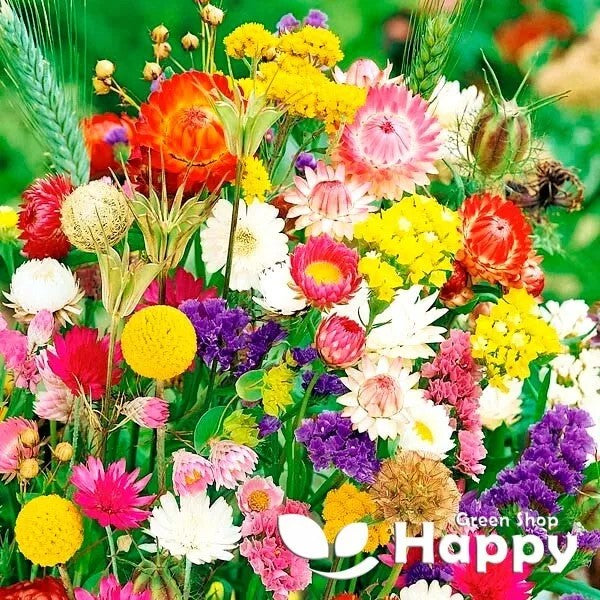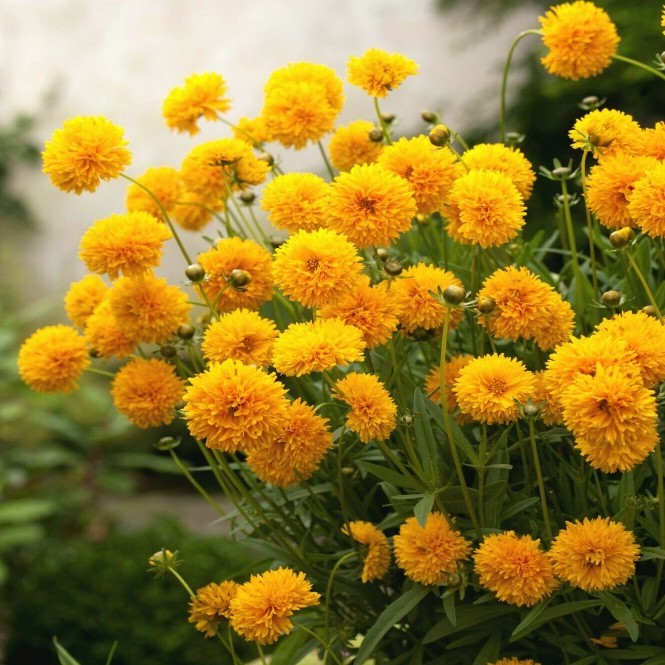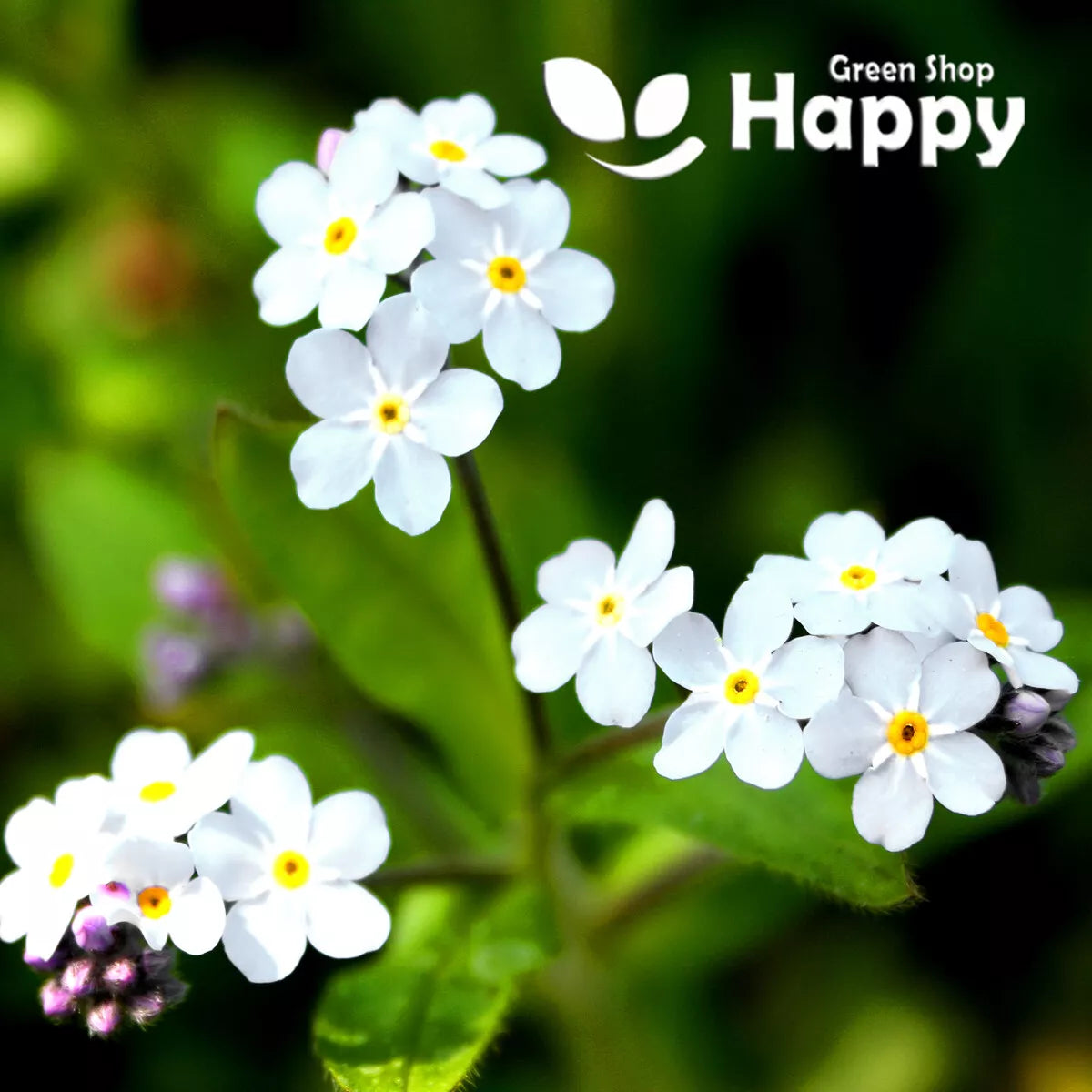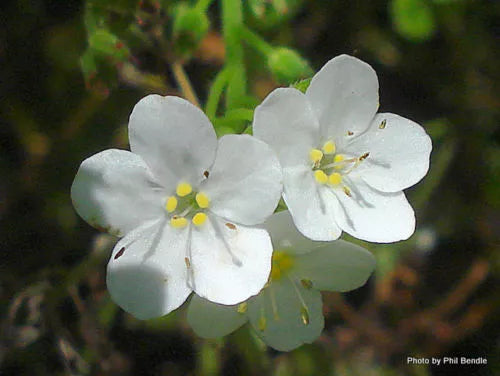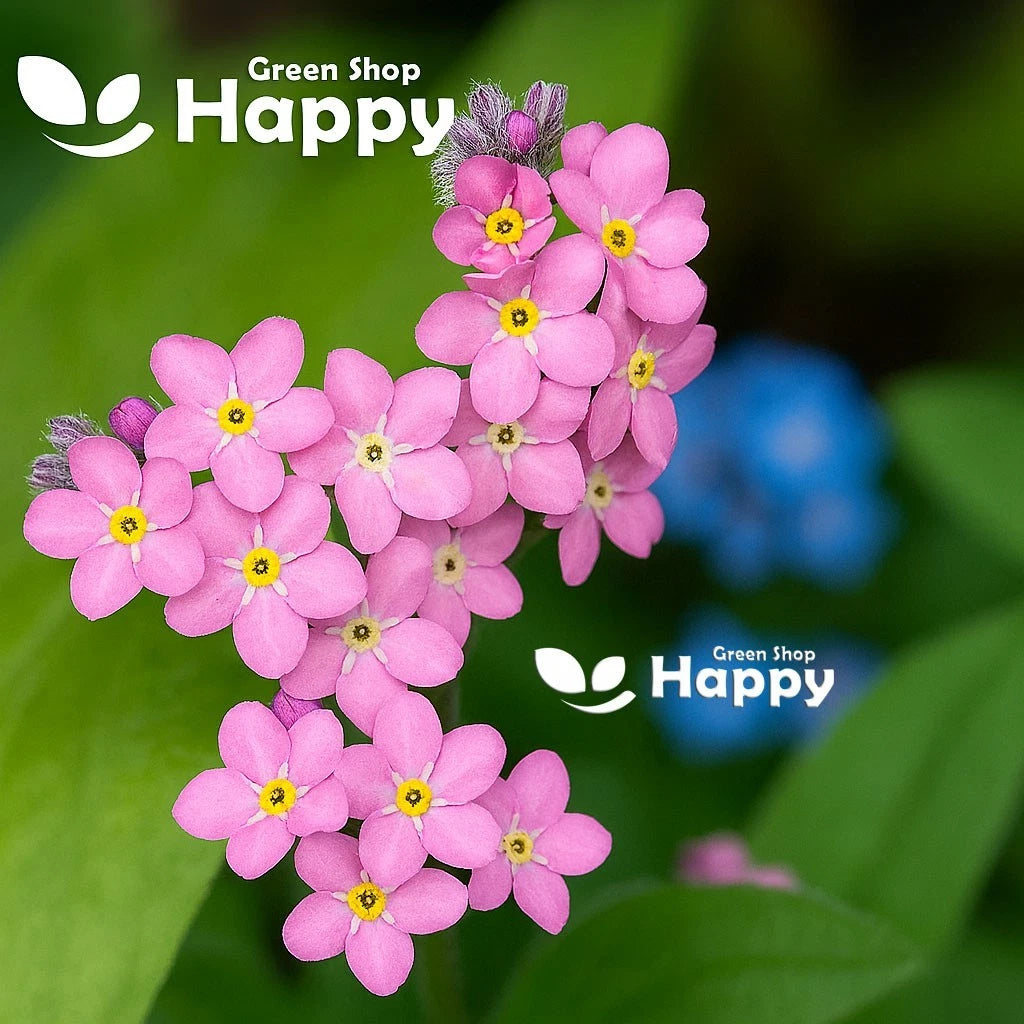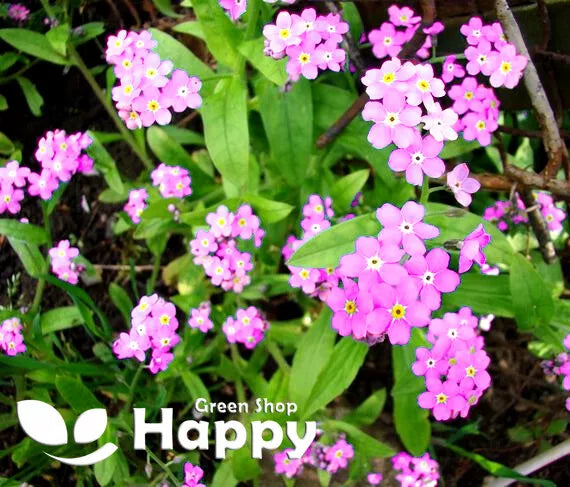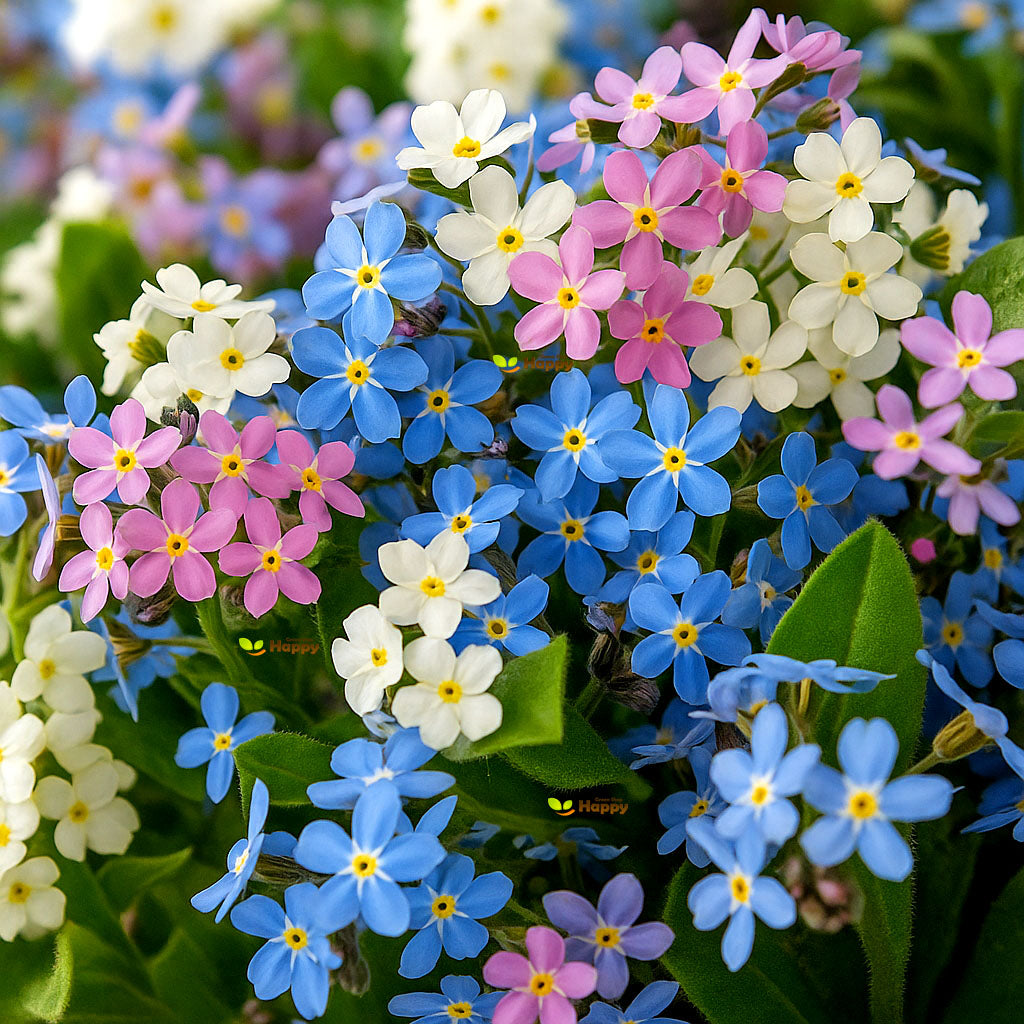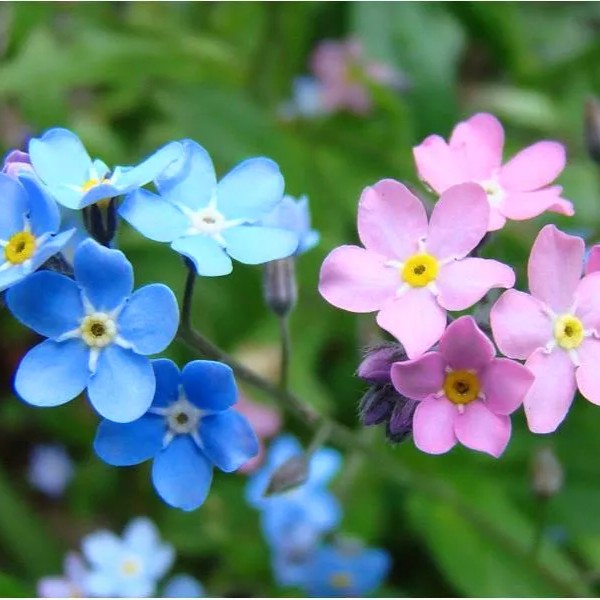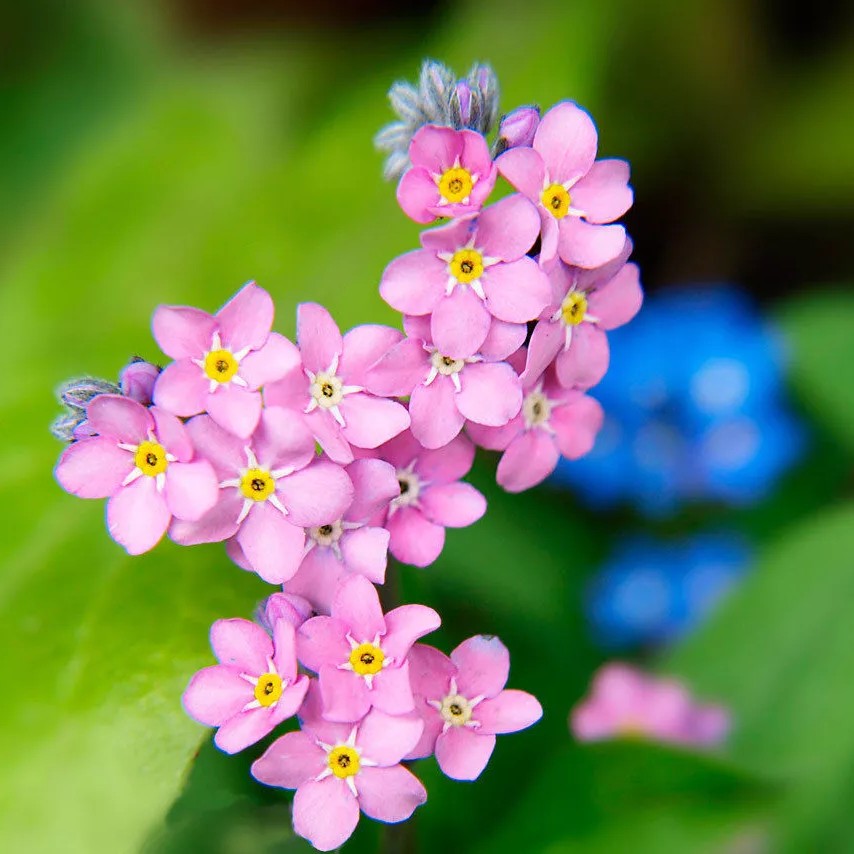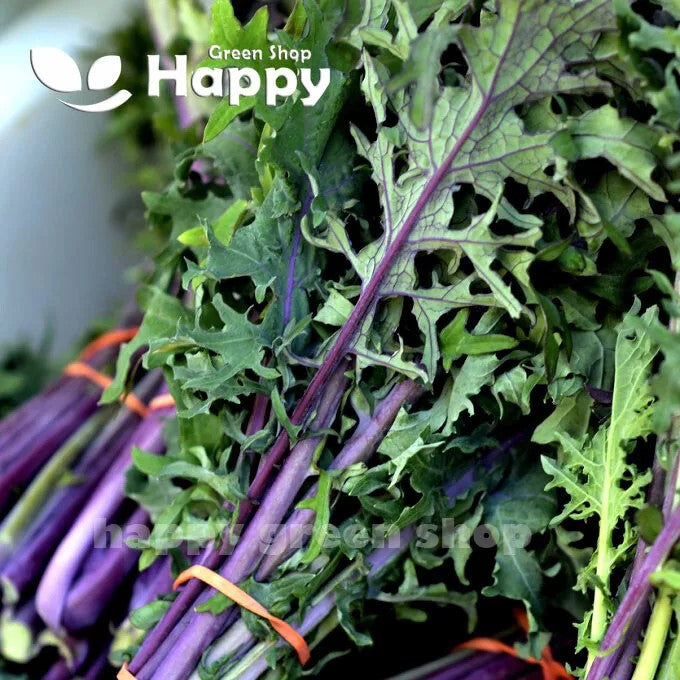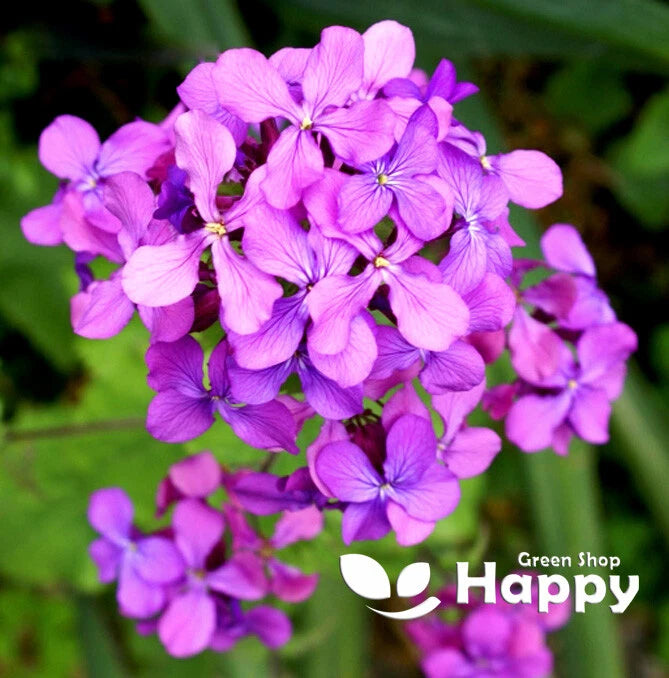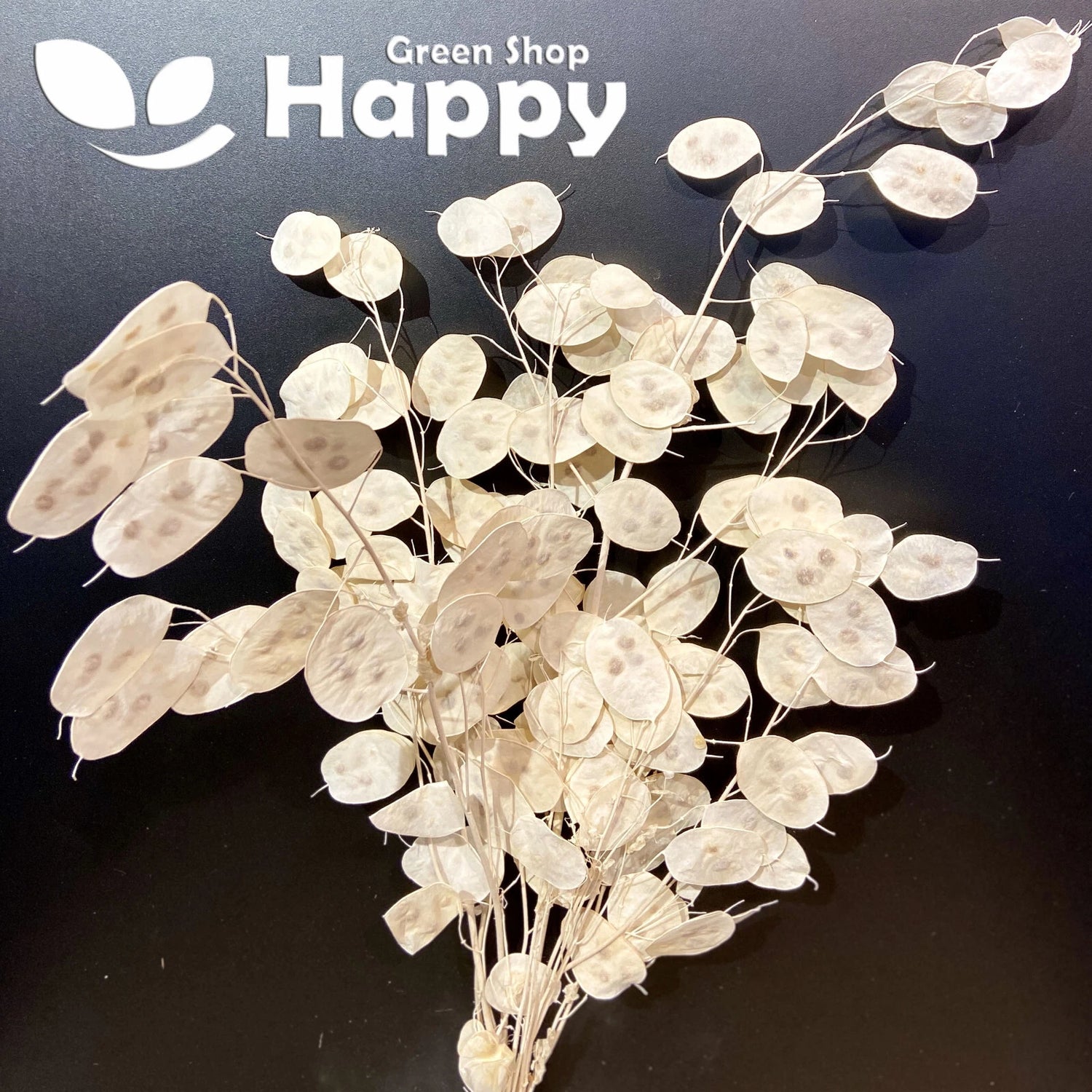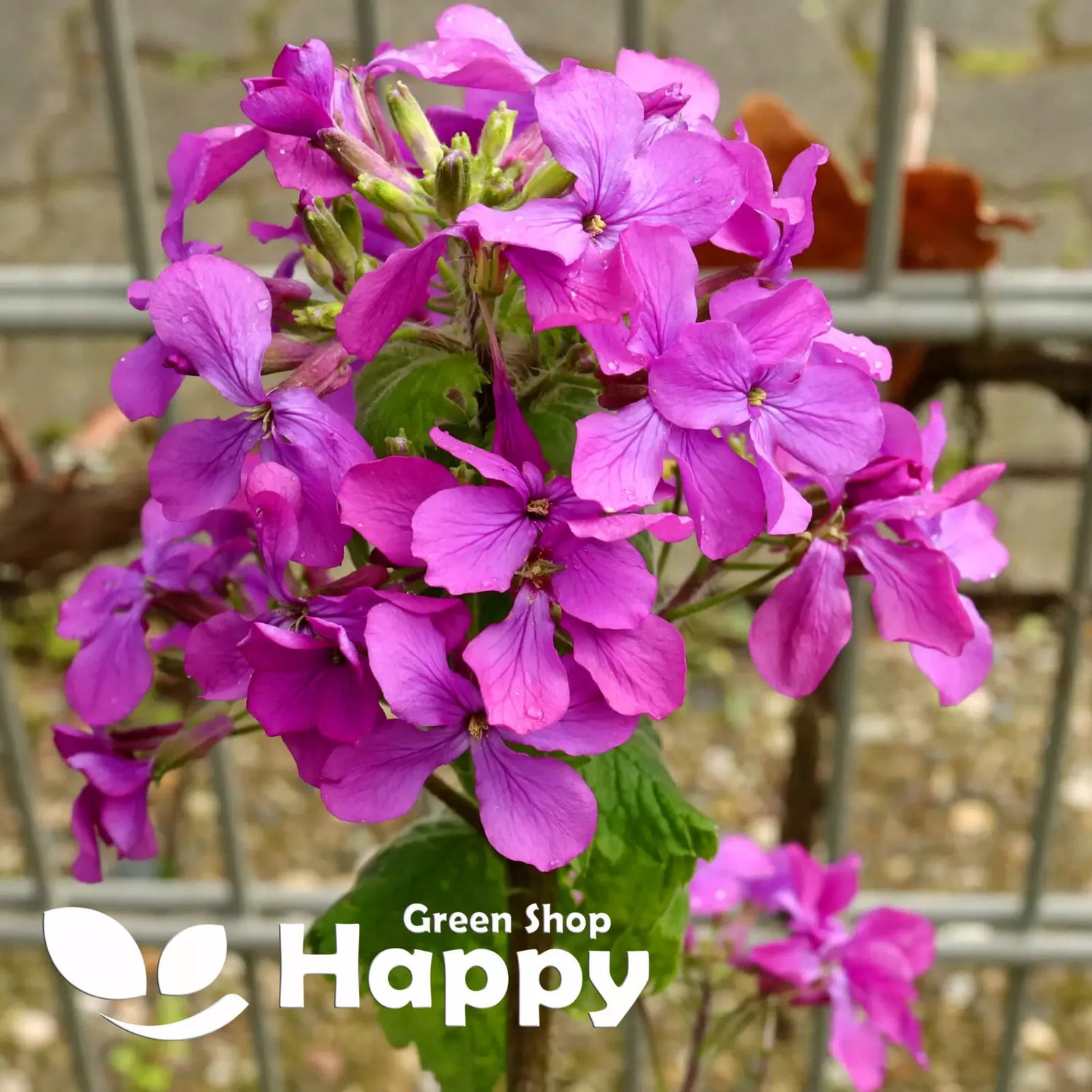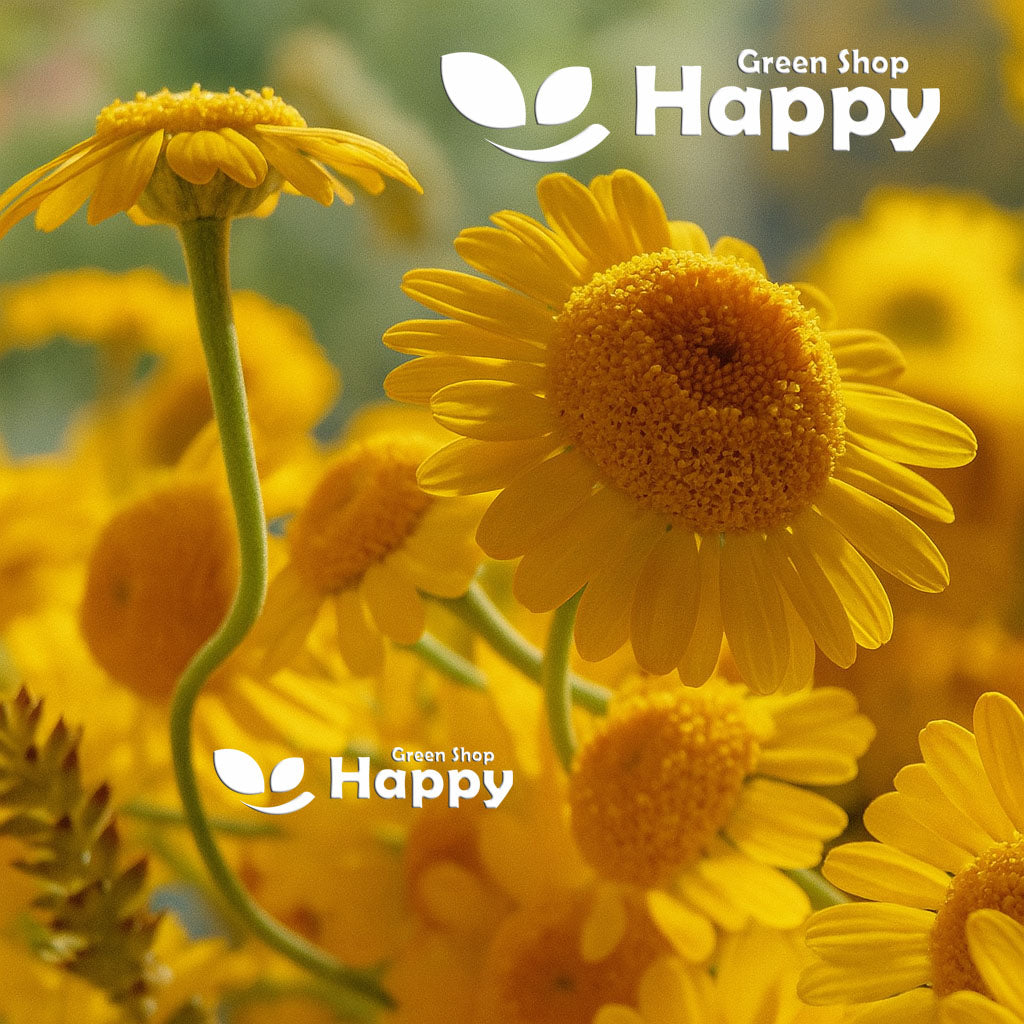Sort by:
15 products
15 products
Discover the uniqueness
Experience the delightful flavor and health benefits of Herbal Blends.
Leek ‘Blue de Solaise’ – Seeds
(Allium porrum)
Leek ‘Blue de Solaise’ is a traditional French heirloom variety celebrated for its exceptional winter hardiness and striking blue-green foliage that turns a beautiful deep violet-blue tint in cold weather. Producing thick, tender, and flavorful stems, this leek is perfect for soups, stews, and roasting. A reliable and decorative addition to the vegetable garden, it stands well in the ground through the winter months.
Key Features
-
Type: Heirloom winter leek variety
-
Plant Height: 40–50 cm
-
Stem: Thick, white, and tender
-
Foliage: Blue-green with violet tones in frost
-
Flavor: Mild, sweet, and rich
-
Days to Maturity: 110–130 days
-
Hardiness: Excellent frost resistance
-
Harvest Period: Late autumn to early spring
Ideal For
-
Winter and early spring harvests
-
Cold climates and overwintering
-
Home gardens and traditional kitchen gardens
Sowing & Growing
-
Sow indoors: February – April
-
Transplant outdoors: May – June
-
Harvest: November – March
-
Spacing: 15 × 30 cm
-
Position: Full sun
-
Soil: Deep, fertile, well-drained soil
Care Tips
-
Hill up soil around stems to encourage long white shanks.
-
Apply mulch to retain moisture and protect roots in winter.
-
Ideal for succession sowing to extend harvest.
Everlasting Flower Mix Seeds – Perfect for Dried Bouquets
Create beautiful, long-lasting arrangements with this Everlasting Flower Mix, specially selected for their vivid colors and excellent drying qualities. These annuals produce a stunning blend of blooms ideal for fresh borders in summer and for drying into bouquets, wreaths, and crafts that hold their color all year.
What Makes It Special
-
A colorful mix of traditional dried flowers
-
Perfect for bouquets, wreaths, and crafts
-
Easy to grow, long-lasting blooms
Key Features
-
Type: Hardy annual mix
-
Height: 40–80 cm (varied by species)
-
Flowering: June–September
-
Uses: Fresh borders, dried arrangements, cut flowers
Sowing & Growing
-
Sow indoors: March–April
-
Sow outdoors: April–May, after frost danger passes
-
Prefers full sun and well-drained soil
-
Cut flowers just before fully open for best drying results
Drying Tip
Hang bunches upside down in a dark, dry, well-ventilated area to preserve color and shape.
Coreopsis ‘Golden Globe’ Yellow Seeds (Coreopsis grandiflora)
Coreopsis ‘Golden Globe’ is a hardy perennial with bright golden-yellow, daisy-like flowers that bloom profusely from early summer to autumn. Compact and bushy, it’s perfect for borders, containers, and sunny garden beds. Easy to grow and drought-tolerant, it attracts bees and butterflies, adding cheerful color and pollinator-friendly appeal.
What Makes It Special
-
Vivid golden-yellow blooms all summer
-
Compact, bushy habit ideal for borders and containers
-
Attracts bees, butterflies, and other pollinators
Key Features
-
Botanical name: Coreopsis grandiflora
-
Hardy perennial
-
Height: 40–50 cm
-
Bloom time: Early summer to autumn
Ideal For
-
Borders, containers, and sunny beds
-
Pollinator-friendly gardens
-
Cottage and wildflower-style plantings
Sowing
-
Sow indoors Feb–Apr or outdoors Apr–Jun
-
Cover seeds lightly with soil
-
Germination: 14–21 days at 18–22°C
-
Space seedlings 30–35 cm apart
-
Flowers from the second year onward
Alpine Forget-Me-Not White Seeds (Myosotis alpestris)
The Alpine Forget-Me-Not White is a rare and elegant form of the classic alpine flower, producing clusters of pure white star-like blooms with delicate yellow centers. Compact and easy to grow, this hardy perennial is perfect for adding a touch of brightness to shady corners, rockeries, and spring borders. Its soft charm makes it a beautiful companion to blue and pink varieties, creating a natural alpine display.
What Makes It Special
-
Unusual snow-white blooms, less common than the classic blue
-
Hardy and resilient, ideal for cool and mountainous conditions
-
A symbol of purity, remembrance, and enduring affection
-
Pairs beautifully with colored alpine flowers and spring bulbs
Key Features
-
Botanical name: Myosotis alpestris
-
Variety: Alpine White
-
Height/Spread: 15–25 cm tall, 15–20 cm spread
-
Position: Full sun to partial shade; prefers moist, well-drained soil
-
Flowering period: Spring to early summer
-
Lifespan: Hardy perennial (often grown as a biennial)
Ideal For
-
Rock gardens and alpine borders
-
Shady garden spots
-
Cottage and wildflower gardens
-
Mixed displays with blue and pink forget-me-nots
-
Spring bulb underplanting (tulips, daffodils, hyacinths)
Sowing Instructions
-
When to sow: Late spring to mid-summer (May–July) for blooms the following spring.
-
How to sow:
-
Sow thinly on trays or directly into finely raked soil outdoors.
-
Cover lightly with soil or compost.
-
Keep moist until germination (10–21 days).
-
-
Transplant/Thin: Space seedlings 15–20 cm apart when large enough to handle.
-
Care: Allow to self-seed naturally for repeat displays year after year.
Alpine Forget-Me-Not Pink Seeds (Myosotis alpestris)
The Alpine Forget-Me-Not Pink is a delightful variation of the classic alpine flower, producing clusters of soft pink star-like blooms with cheerful yellow centers. Compact, hardy, and easy to grow, this alpine treasure brings a gentle pastel touch to borders, rock gardens, and naturalized plantings. Its romantic tones make it especially beautiful when planted alongside the traditional blue and rare white forms.
What Makes It Special
-
Uncommon pink form of the traditional alpine flower
-
Hardy and resilient, thrives in cool climates and rocky soil
-
A symbol of remembrance and affection, with a softer romantic hue
-
Perfect companion to blue and white alpine forget-me-nots
Key Features
-
Botanical name: Myosotis alpestris
-
Variety: Alpine Pink
-
Height/Spread: 15–25 cm tall, 15–20 cm spread
-
Position: Full sun to partial shade; prefers moist, well-drained soil
-
Flowering period: Spring to early summer
-
Lifespan: Hardy perennial (commonly grown as a biennial)
Ideal For
-
Rock gardens and alpine displays
-
Mixed pastel-themed borders
-
Cottage and wildflower gardens
-
Planting with spring bulbs (tulips, daffodils, hyacinths)
-
Combining with blue and white forget-me-nots for a tricolor effect
Sowing Instructions
-
When to sow: Late spring to mid-summer (May–July) for blooms the following spring.
-
How to sow:
-
Sow thinly on trays or directly outdoors into finely raked soil.
-
Cover lightly with soil or compost.
-
Keep moist until germination (10–21 days).
-
-
Transplant/Thin: Space seedlings 15–20 cm apart once large enough to handle.
-
Care: Allow plants to self-seed for naturalized displays year after year.
Alpine Forget-Me-Not Mix Seeds (Myosotis alpestris)
The Alpine Forget-Me-Not Mix is a charming, low-growing perennial that produces masses of tiny star-shaped flowers in soft shades of blue, pink, and white. Known for their delicate beauty and sentimental symbolism, forget-me-nots are perfect for naturalizing in borders, rock gardens, and wildflower meadows. These compact plants are especially suited for alpine and cottage garden settings, where they create a cheerful carpet of spring color.
What Makes It Special
-
Beloved for their dainty flowers and long-lasting symbolism of remembrance
-
Compact, low-growing plants ideal for rock gardens and alpine beds
-
Early-season blooms bring vibrant color to spring gardens
-
Excellent for naturalizing and combining with tulips or daffodils
Key Features
-
Botanical name: Myosotis alpestris
-
Variety: Alpine Mix
-
Height/Spread: 15–25 cm tall, 15–20 cm spread
-
Position: Full sun to partial shade; thrives in moist, well-drained soil
-
Flowering period: Spring to early summer
-
Lifespan: Hardy perennial (often grown as biennial in some climates)
Ideal For
-
Rock gardens and alpine beds
-
Cottage gardens and wildflower meadows
-
Spring bulb companions (daffodils, tulips)
-
Borders, edging, and naturalized plantings
Sowing Instructions
-
When to sow: Late spring to early summer (May–July) for flowers the following year.
-
How to sow:
-
Sow thinly in trays or directly in a prepared bed.
-
Cover lightly with fine soil or compost.
-
Keep soil moist until germination (1–3 weeks).
-
-
Transplant/Thin: Space plants 15–20 cm apart.
-
Care: Prefers cool, moist conditions. Allow some plants to self-seed for naturalized drifts.
Kale 'Red Russian' Seeds (Brassica oleracea)
Bring color and nutrition to your garden with Kale 'Red Russian', a hardy variety with tender, oak-shaped leaves flushed with purple-red veins. Sweeter and milder than many other kales, it’s perfect for salads, smoothies, steaming, and stir-fries. Cold-hardy and easy to grow, it thrives from early spring to late winter, providing a long season of nutrient-rich harvests.
How to Grow
-
Sow indoors in early spring or direct outdoors from spring to mid-summer.
-
Prefers fertile, well-drained soil in full sun or partial shade.
-
Sow 1 cm deep in rows 45 cm apart.
-
Thin or transplant seedlings to 40–50 cm apart.
-
Harvest young leaves for salads or allow plants to mature for larger leaves.
Key Features
-
Attractive purple-red veined leaves with tender texture
-
Mild, sweet flavor compared to traditional kales
-
Cold-hardy and reliable through autumn and winter
-
Perfect for cut-and-come-again harvesting
-
Nutrient-rich superfood, high in vitamins and minerals
Ideal For
-
Fresh salads and smoothies
-
Stir-fries, soups, and steaming
-
Year-round kitchen gardens
-
Gardeners seeking hardy, reliable greens
Sowing
-
Best time: March to July
-
Depth: 1 cm
-
Row spacing: 45 cm
-
Plant spacing: 40–50 cm
-
Harvest: From 6–8 weeks after sowing
Quick Tip
-
Harvest young leaves regularly to promote fresh growth and sweeter flavor.
Lunaria ‘Honesty’ Seeds (Lunaria annua)
Honesty (Lunaria annua) is a charming biennial, much loved for both its spring blossoms and its unique decorative seed pods. In early summer, it produces clusters of fragrant purple to violet blooms, which attract bees and butterflies. By late summer, these give way to striking, translucent, coin-like seed pods – often called “silver dollars” – perfect for drying and floral arrangements.
What Makes It Special
-
Dual beauty: colorful spring flowers followed by decorative seed pods
-
Easy to grow, low maintenance, and self-seeding
-
A traditional favorite for dried flower arrangements
-
Attracts pollinators in spring and summer
Key Features
-
Botanical name: Lunaria annua
-
Common names: Honesty, Silver Dollar Plant, Money Plant
-
Height/Spread: 60–90 cm tall, 30–45 cm spread
-
Position: Sun or part shade; moist, well-drained soil
-
Flowering period: April – June
-
Lifespan: Hardy biennial, often self-seeds for naturalized displays
Ideal For
-
Cottage gardens and traditional borders
-
Naturalizing in wildflower-style plantings
-
Pollinator-friendly gardens
-
Dried flower arrangements
Sowing Instructions
-
When to sow: April–June outdoors or late summer for the following year’s flowers.
-
How to sow:
-
Sow thinly in a seedbed, cover lightly with soil.
-
Thin or transplant seedlings to 30–40 cm spacing.
-
-
Care: Very low maintenance. Allow some seed pods to mature for self-seeding and future displays.
Marguerite Yellow Daisy Seeds (Anthemis tinctoria)
Marguerite Yellow Daisy is a hardy perennial that produces bright, cheerful yellow daisy-like flowers from early summer to autumn. Its aromatic foliage and long-lasting blooms make it perfect for borders, cottage gardens, and pollinator-friendly plantings. Easy to grow and low-maintenance, it brings sunshine to any garden space.
What Makes It Special
-
Vibrant yellow daisy-like blooms all summer
-
Aromatic foliage adds texture and interest
-
Hardy, long-flowering, and attracts pollinators
Key Features
-
Botanical name: Anthemis tinctoria
-
Hardy perennial
-
Height: 50–70 cm
-
Bloom time: Early summer to autumn
Ideal For
-
Borders and cottage gardens
-
Pollinator-friendly plantings
-
Cut flowers and naturalized areas
Sowing
-
Sow indoors Feb–Apr or outdoors Apr–Jun
-
Cover seeds lightly with soil
-
Germination: 14–21 days at 18–22°C
-
Space seedlings 30–40 cm apart
-
Flowers from the second year onward
Showing 9/15

